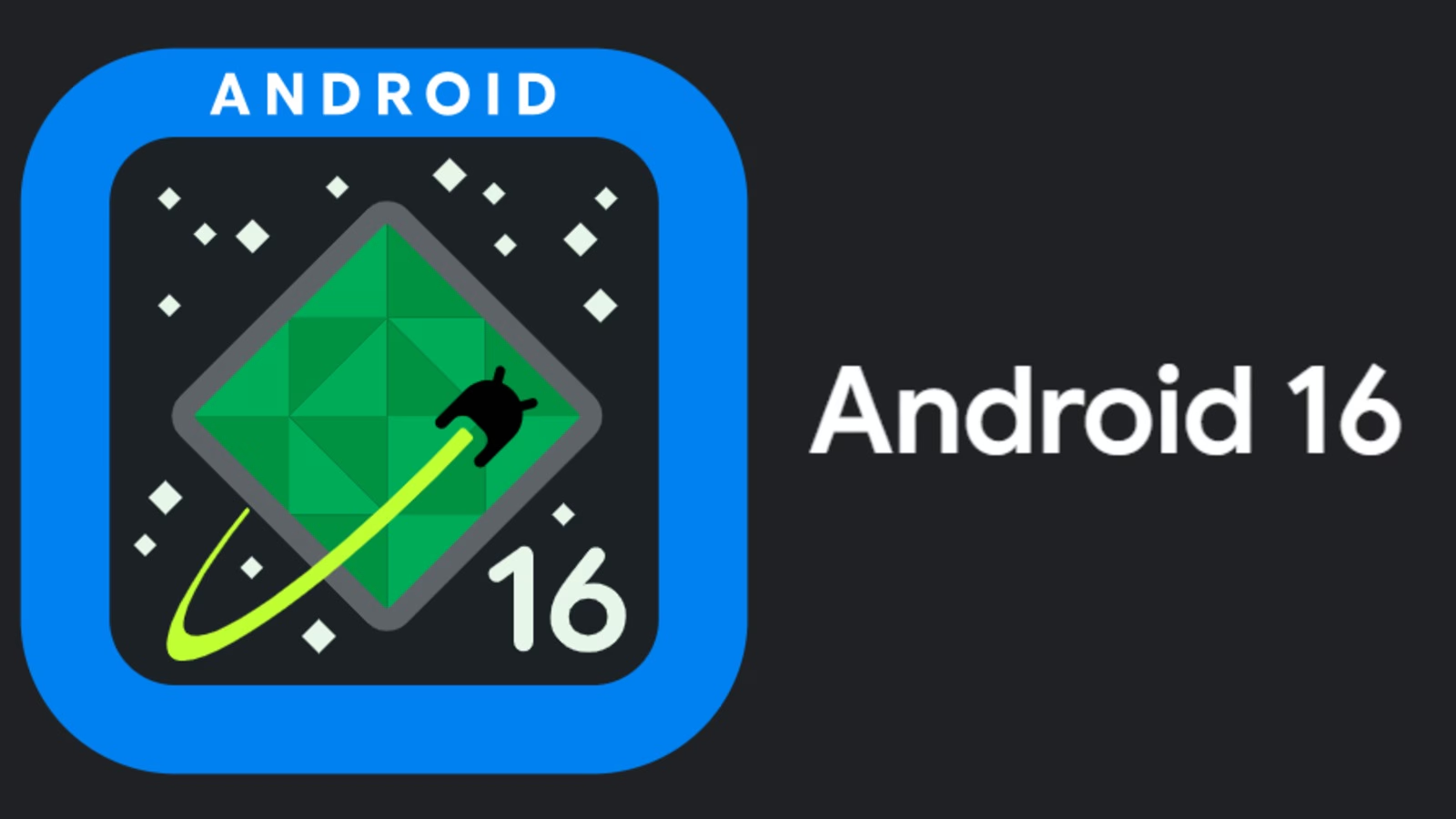Android is cool. The previous statement is ironical from the title of this post but I can attest to it. Android is one of the platforms that gives both smartphone manufacturers and users the ability to customize their experience to their liking. You can change the look of the launcher and icons, add widgets (if you still use them) and even load a supported ROM if you don’t like the one that was shipped with.
Google’s rather open policy surrounding Android is both its biggest strength and biggest weakness. Android has over 2 billion users and it is the leading mobile OS platform in a lot of countries. However, it faces one huge problem which I find incredibly frustrating: UPDATES.
Each year, we expect Google to announce the next confectionery themed update for Android, which usually comes with new features and tweaks here and there. The problem is that new updates have a relatively small adoption rate compared to platforms like iOS or Windows and that is not good.
This slow adoption of new Android update has ramifications. It leads to a ‘caste’ system where you only need to get a flagship phone or an Android One phone to get constant updates. It also leads to a very fragmented situation where most users are not on the latest Android release.
As of October 2018, Nougat is the most popular Android version with 28.2% of the pie and it is followed by Oreo (21.5%) and Marshmallow (21.3%).
There a number of reasons that we have such a fragmented situation on Android and I believe this is the biggest one.
Skinning
Google allows manufacturers to have their own custom skins on the phones they ship with. This move has two effects. In the first case, some manufacturers add cool useful features that later on appear on pure Android.

The second case is the fact that it adds complexity to the update schedule since developers in these companies have to add the skin to the new version of Android, which lengthens the process. You cannot rush this process since they will need to check the software for bugs before release and it is quite unfortunate.
A smart move would be disallowing the addition of skins on Android. All phones should ship with vanilla Android straight from the manufacturer. For that extra effort to differentiate their phones from other manufacturers, users can be allowed to download custom apps that work with their phones like a custom Samsung camera app for example on Samsung phones.
In this system, Google announces the release of a new Android update, all phones can get the basic update. In that time, the developer teams from the manufacturers can work on their custom apps like the camera app alongside the developer release of the new Android update so that its release coincides with the formal release.
This move would solve two crucial things: Android phones will get at least 2 years of guaranteed updates from Google as well as the crucial monthly security patches. This will make sure that Android update percentages are at the same level or better than the iOS counterparts, which is good for everyone.
Driver Updates
Moreover, there is a potential problem in this utopia: driver updates. This is a silent problem since we have a number of processor vendors that supply chips that power Android phones (Qualcomm, Samsung and Huawei).
The biggest problem is Qualcomm since they provide processors at different price points and performance levels every year. You will find a situation where a capable older flagship with a Qualcomm chip failing to get an update due to the fact that Qualcomm did not release drivers for the chip.
Qualcomm will not release graphics drivers for 800/801 CPUs.So HTC One M8 and other devices based on this CPU won't get official Android 7.0
— LlabTooFeR (@LlabTooFeR) August 25, 2016
What should change?
Google should find a way of making vanilla Android be the default serving of Android to all consumers, regardless of the phone bought by the consumer. They should not allow skinning of Android in any way so that people get updates quickly.
Granted they have the Android One project but that is a band-aid on a bigger problem. They should emulate how Microsoft does it with Windows where Microsoft seeds Windows 10 to everyone and everybody gets a homogeneous experience of the operating system. PC manufacturers have their own special apps but you can uninstall them if you don’t want.
If the above problem is solved, driver updates could be easier. If you can buy an older flagship 2 years after it was released and still get the latest Android, companies like Qualcomm will be compelled to provide constant driver updates. This could transpire to Huawei and Samsung who make their own chips and make their older devices more attractive to people who can’t afford their latest and greatest phones.































